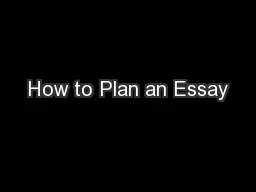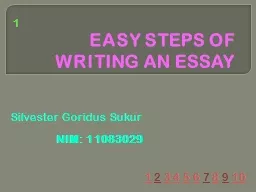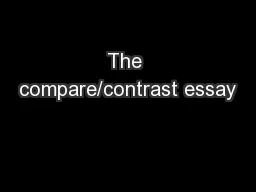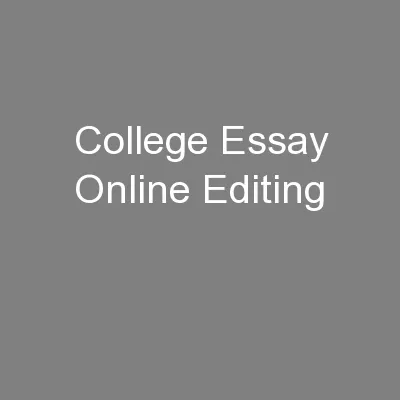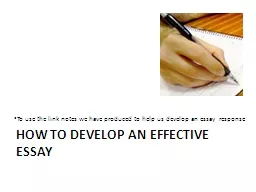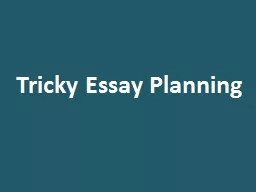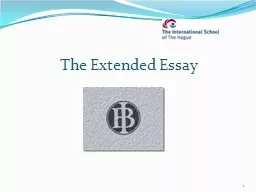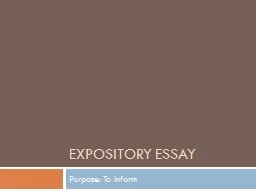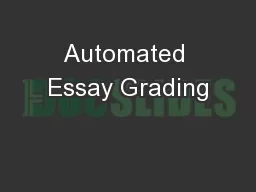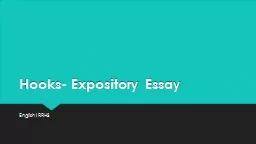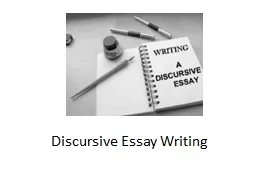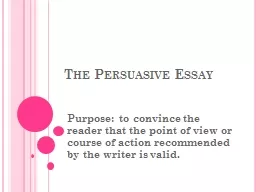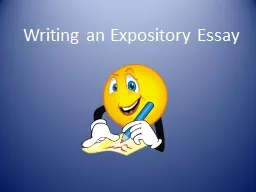PPT-How to Plan an Essay
Author : min-jolicoeur | Published Date : 2017-10-15
Why Plan The German philosopher and writer Arnold Schopenhaur once advised Write the way an architect builds who first drafts his plan and designs every detail
Presentation Embed Code
Download Presentation
Download Presentation The PPT/PDF document "How to Plan an Essay" is the property of its rightful owner. Permission is granted to download and print the materials on this website for personal, non-commercial use only, and to display it on your personal computer provided you do not modify the materials and that you retain all copyright notices contained in the materials. By downloading content from our website, you accept the terms of this agreement.
How to Plan an Essay: Transcript
Download Rules Of Document
"How to Plan an Essay"The content belongs to its owner. You may download and print it for personal use, without modification, and keep all copyright notices. By downloading, you agree to these terms.
Related Documents

